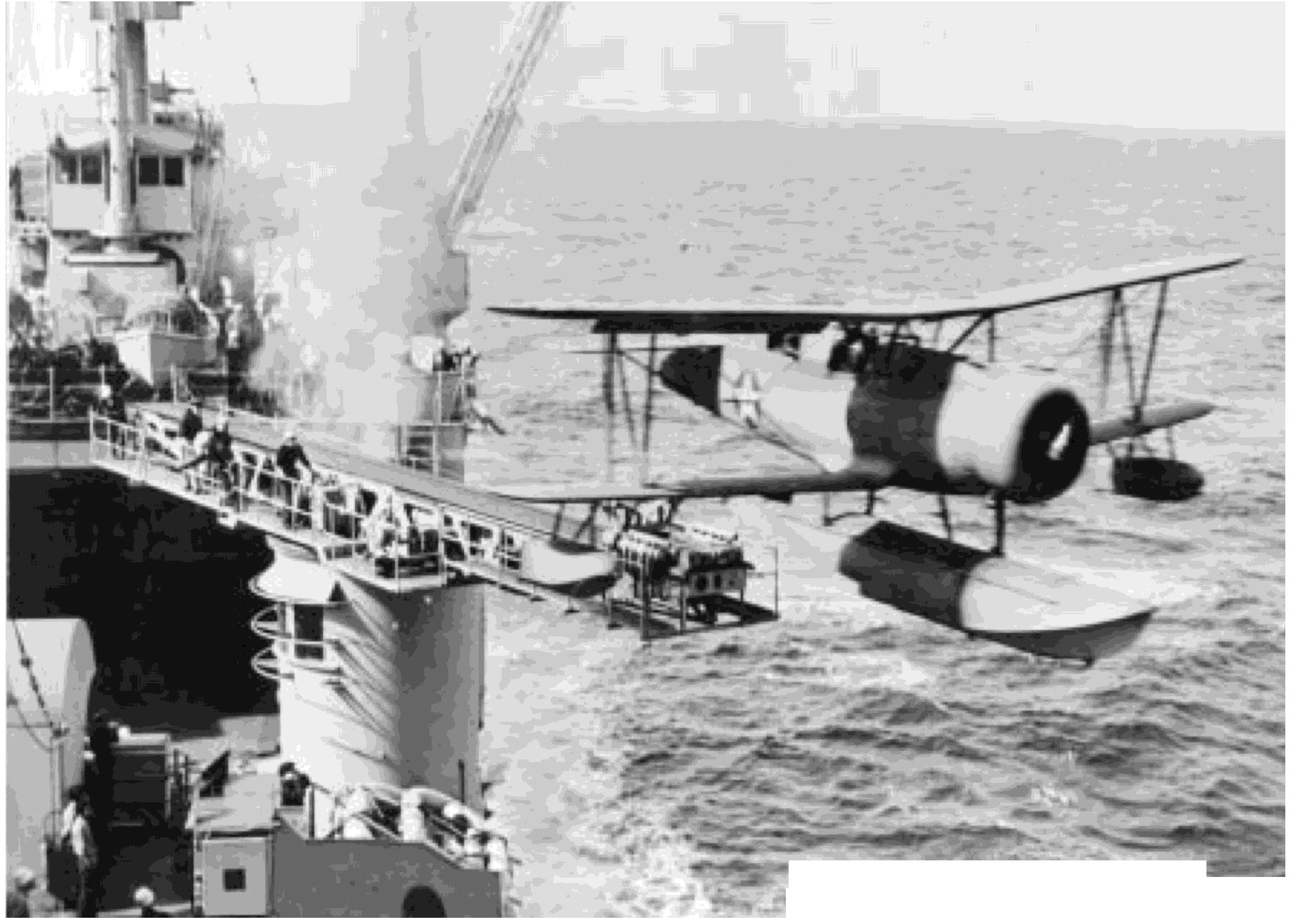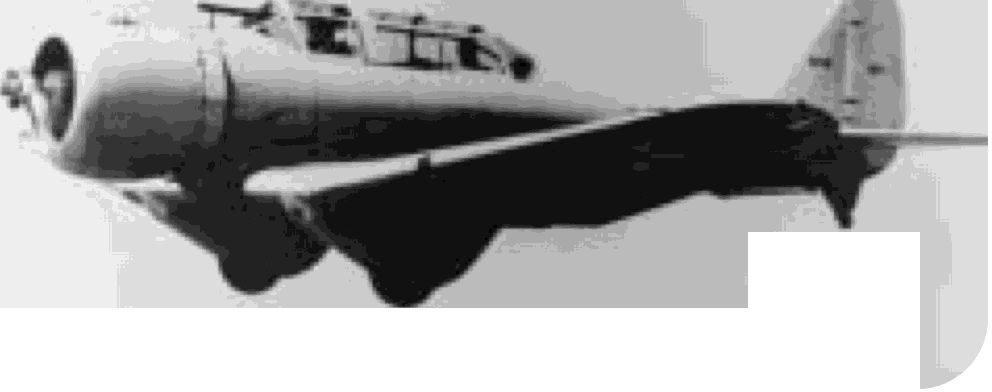

88
UNITED STATES NAVAL AVIATION
1910-1995
1934-Contin ued
15 November
Plans to install hydraulic flush deck
catapults aboard carriers were formalized in a Bureau
of Aeronautics request that space be reserved on
Yorktown
and
Enterprise
for two bow catapults on the
flight deck and one athwartships on the hangar deck.
18 November
A contract was issued to the
Northrop Corporation for the XBT-I, a two-seat Scout
and 1,000-pound dive bomber. This aircraft was the
initial prototype in the sequence that led to the SBD
Dauntless series of dive bombers introduced to the
fleet in 1938 and used throughout World War II.
XBT-I, heavy dive bombel; forerunnerofSBD
1053784
14 December
Reinflation of the rigid airship
Los
Angeles
(ZR-3) was completed, and she became air-
borne in the hangar at NAS Lakehurst, N.J., after near-
ly three years of decommissioned status. Although not
flown again, she continued in use as a test and exper-
imental ship for another five years and, after having
served that purpose, was stricken from the inventory
on 29 October 1939. Dismantling was completed in 7
weeks.
15 December
The Secretary of the Navy approved
acceptance of the X03C-l, a single-engine biplane
observation seaplane; subsequently converted to the
XSOC-1. Aircraft of this type were operated from bat-
tleshi ps and cruisers from late 1935 through World
War II.
21 December
Flight test of the NS-l, Stearman
biplane trainer, was completed at NAS Anacostia,
D.C.
1935
5 January
The Bureau of Navigation stated that
Lieutenant Commander John
R.
Poppen, MC, would
be ordered to the Naval Dispensary, Philadelphia Navy
Yard, with additional duty at the Naval Aircraft
Factory, to observe pilots, conduct their annual physi-
Curtiss SOC-
I catapulted
from
heavy
cruiser
41061
- .. .....
 |
12 |
 |